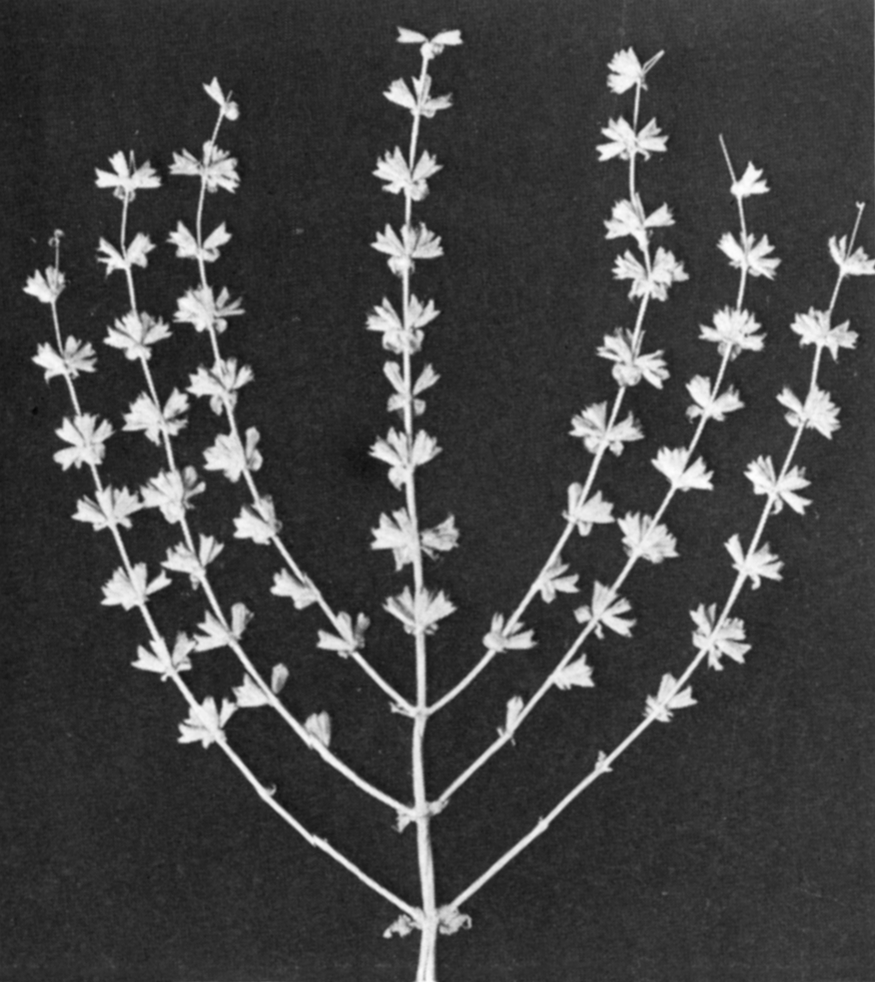Ecology in the Bible
Nogah Hareuveni
1974
Engage with this Source
Creator Bio
Nogah Hareuveni
1924–2007
Nogah Hareuveni was a botanist, born in Jerusalem to Hannah and Ephraim Hareuveni, who were likewise in that field and who envisioned the creation of a Jewish botanical garden containing plants mentioned in the Bible, the Mishnah, and the Talmud. While his parents did not fulfill that dream, Nogah Hareuveni launched the Neot Kedumim Biblical Landscape Reserve in 1965. He was awarded the Israel Prize in 1994.
You may also like
The Religious and Moral Significance of the Redemption of Israel
Reform Judaism is the second historical distortion of the Jewish religion. For the service of God through Torah and Mitzvoth as the end of religion, the Reform movement substitutes an end the Jewish…
From God to Godliness
[…] I will be arguing that, better to understand the God-idea and more effectively overcome the obstacles to the acceptance of God in our lives, we must view theology with a new perception. Elohut…
After Entebbe: Peace Remains to Be Rescued
To assess as commendable the courageous and spectacular life-saving mission implemented recently by Israeli commandos in Uganda would be to understate the case badly. The matchless daring and…
Reform Judaism: A Centenary Perspective
The Central Conference of American Rabbis has on special occasions described the spiritual state of Reform Judaism. The centenaries of the founding of the Union of American Hebrew…
Honey from the Rock
The wilderness is not just a desert through which we wandered for forty years. It is a way of being. A place that demands being open to the flow of life around you. A place that demands being…
Godwrestling
My own efforts to wrestle with the Ishmael story came from my fierce fears and hopes for modern Israel, my urgency to discover how Israel could live in peace, my efforts to talk with angry, fearful…




